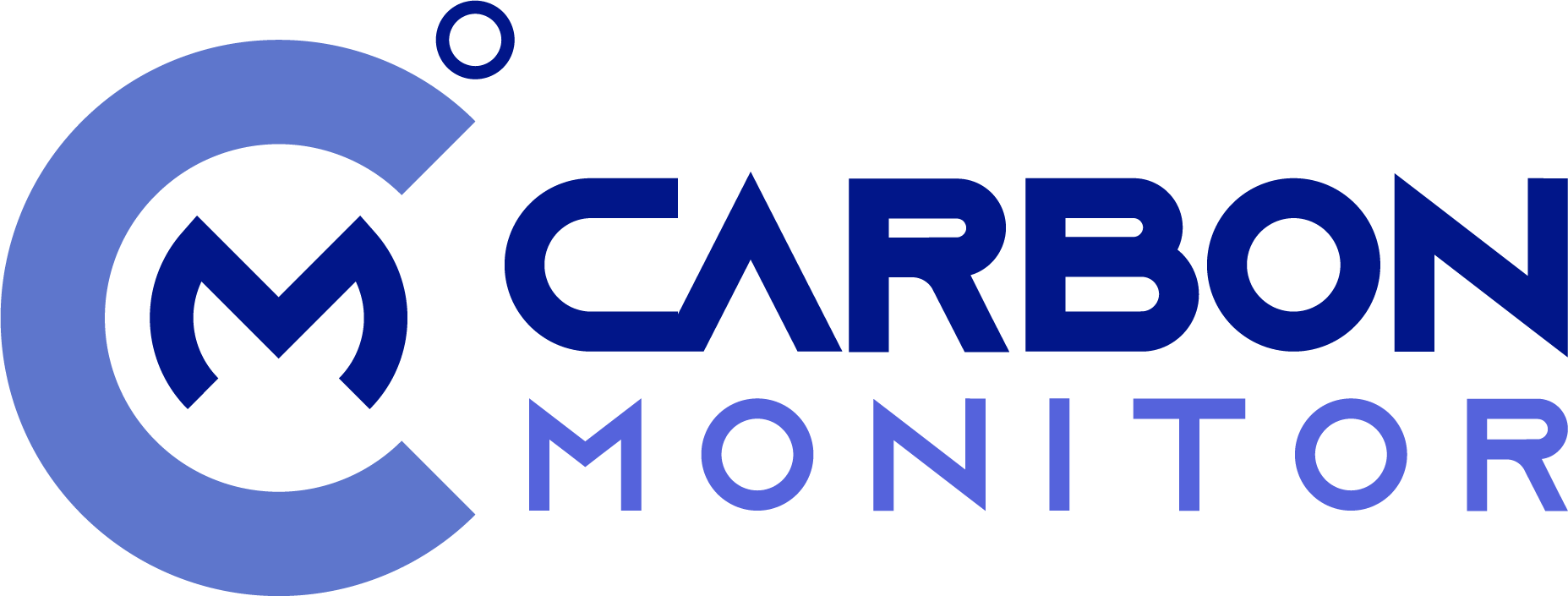
Third annual report from the Net Zero Asset Owner Alliance finds increased targets and reduced GHG financing
Asset owners’ total financed greenhouse gas emissions (GHG) fell 3.5% to 213.4 tonnes of carbon dioxide in 2022, according to the latest progress report from the UN-Convened Net-Zero Asset Owner Alliance.
The alliance said this is despite the number of members growing from 74 to 86 over the past year, now representing $9.5trn in assets.
In the progress report, members were separated into different cohorts. Looking at the 2019 cohort, the data shows that by 2022 these members reduced their absolute financed emissions by 12% compared to 2019 levels, while the 2020 cohort reduced their emissions by a “staggering” 20%.
As part of joining the alliance, members are required to publicly disclose their intermediate targets on engagement within 12 months and report details of their individual targets. Findings from the recent reporting period, which occurred in Q2, showed members have demonstrated increased ambition with 100% setting intermediate targets for engagement. This is up from 93% and 95% in 2021 and 2022 respectively.
Additionally, they are required to set three other target types: sub-portfolio, sector and climate solution investments. This year, 67 members have set sub-portfolio targets, up from 41 in 2022. These members target, on average, carbon dioxide equivalent (CO2e) reduction ranges of 22%-32% for 2025 and 40%-60% for 2030. Members include AXA Group, Nippon Life, Nordea and Legal & General.
Günther Thallinger, board member, Allianz SE and chair of the Net-Zero Asset Owner Alliance, commented: “Alliance members are making solid progress towards achieving their 2025 emissions targets, showing that, step-by-step, the crucial long-term transition to achieve 1.5°C can be implemented. Our work is supporting governments to implement their net-zero programmes by accelerating the reform of existing financial and investment policy frameworks.”
The report added the reductions in financed GHG emissions are a “result of real-world emissions reductions, allocation changes and divestment”.
Other progress was flagged as $380.6bn being dedicated to investments in climate solutions in 2023 by the alliance’s members.
COP28 call to governments
Despite the reductions, and in the run-up to COP28 in December, the alliance called on governments and policymakers to implement more policies that will propel a just transition to net zero.
Members called for:
- Scale up reforms of finance and investment policy frameworks that will enable and attract private capital and create investable business models that are aligned with Paris Agreement Goals.
- Implement overarching policies that integrate transition planning across all government entities.
- Continue efforts to reform the current multilateral financial architecture and prioritise the mobilisation and alignment of private finance towards “billions to trillions”.
- Enable the just transition towards net zero through accelerating the implementation of holistic, long-term domestic policies.
Thallinger added: “As we head towards at least 2.4°C warming with current climate pledges, we are at a pivotal moment to strengthen efforts for system-wide transformation. Alliance members act by implementing their intermediate targets. We call on others to do the same.”
Natalie is editor in chief at MA Financial covering ESG Clarity, Portfolio Adviser and International Adviser. She was previously global head of ESG insight for ESG Clarity and has been an investment journalist… More by Natalie Kenway
Related Stories










